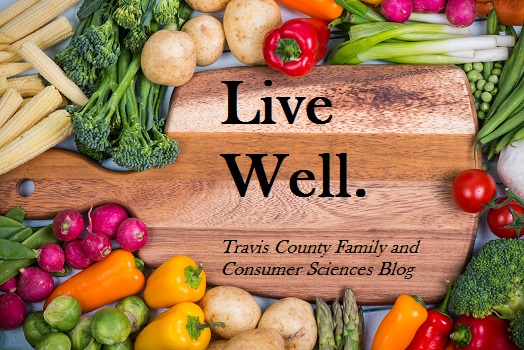By: Rachel Nannola
With high sodium intake leading to high blood pressure, stroke, heart failure, and kidney disease, it’s something that frequently gets talked about in the news. Something important to understand is that 75% of dietary sodium comes from packaged and restaurant foods, whereas only 11% comes from salt added to food by the consumer.
Though sodium is something that’s essential in our diets for fluid balance, it’s still something we need to be careful about consuming. The average sodium intake of Americans is 3,400 mg/day, which is about 50% more than the recommended amount of 2,300 mg/day. Because of this, the FDA has issued draft guidance for sodium reduction targets for the food industry. There are short term (2-year) and long term (10-year) targets that will hopefully help the public reduce their sodium intake.
Since we’ve learned that most sodium comes from packaged and restaurant foods, here’s a list of some items that likely contain high amounts of sodium:
- Breads and rolls
- Cheese
- Mixed meat dishes (e.g., beef stew or chili)
- Soups
- Savory snacks (e.g., chips or crackers)
- Mixed pasta dishes
- Cold cuts and cured meats
All of the above items are more savory foods, but just because a food isn’t savory doesn’t mean it can’t have high sodium content. Because of that, make sure to read the nutrition facts label to check for the sodium content. It’s also good to use the % daily value on the nutrition facts label to determine if a food is high in sodium. A good rule of thumb for this is:
- If a food is 5% DV or less than, it’s considered low sodium.
- If a food is 20% DV or more, it’s considered high in sodium.
So just remember that some sodium is essential, but use the nutrition facts label to be smart about your choices, and try to keep sodium to 2,300 mg/day or less.
Sources:
